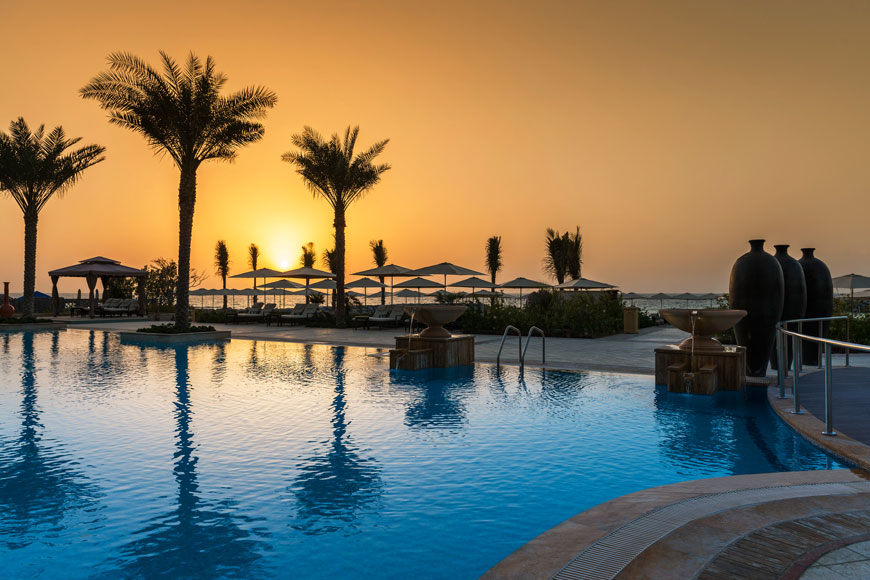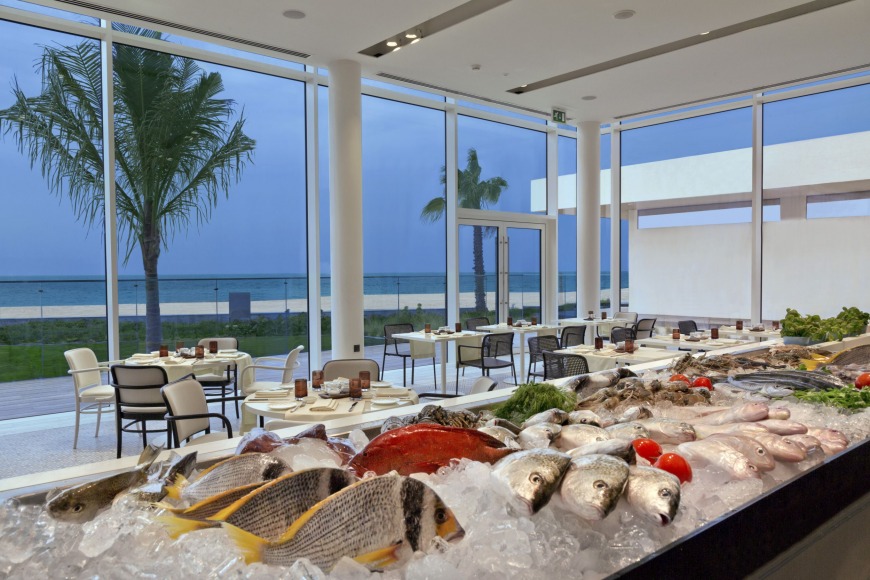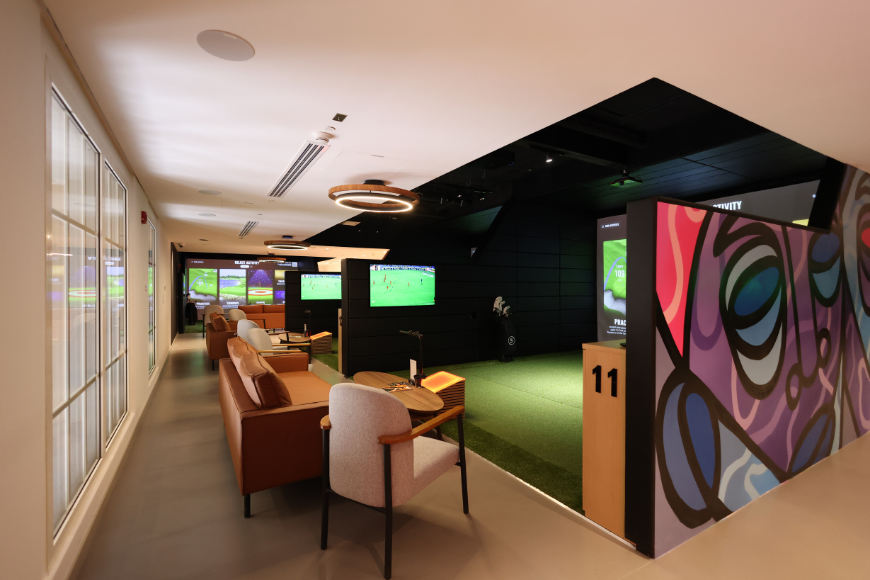Dubai is great for a short blast of glitz, but skyscraper fatigue soon hits.

All Credits: PA
“Ajman? Where on earth is that?” It was a common response from friends and family when I shared plans for my next foreign adventure. But they can be forgiven because this off-the-radar suntrap has been largely overshadowed by its neighbours’ towering skyscrapers until now.
Sitting between Sharjah and Ras Al Khaimah, Ajman belongs to the United Arab Emirates, a federation of seven states formed between 1971 and 1972, when the ruling sheikhs decided they would have a stronger voice in the wider Middle East region by uniting forces.

One of the area’s leading resorts is the five-star Ajman Saray, located alongside the Corniche, a four-kilometre esplanade overlooking the Persian Gulf. Two pools (one dotted with mini Jacuzzi jets) are just steps from the ocean, and friendly service means you barely need to lift a finger – unless it’s to tap buttons on the high-tech sun-loungers, alerting bar staff to your cocktail needs.
There are three restaurants to choose from, along with an award-winning spa, where treatment rooms benefit from soothing sea views through floor-to-ceiling windows.
SEE ALSO: How to Get A UAE Transit Visa
The luxurious gold, teal, and purple bedrooms have private balconies and en-suites decorated decadently with marble, and some even have views of the Gulf beyond.
Leaving the comfort of your resort is tricky, but there’s a great deal to discover. These are a few of the activities which, despite its diminutive size, set Ajman apart from better-known, showy emirates.
Discover past glories

Built in the 18th century, Ajman Fort has been restored several times and was used as a royal residence until the 1970s. Its latest incarnation is as the Ajman Museum (5AED/£1 entrance fee; guides free of charge), although you can still climb one of the spiralling turrets for a snoop at the surprisingly understated former royal living quarters.
Venture from room to room, learning about the history of Ajman and the importance of pearl diving as a source of income for men in the 1800s. Today, people still pearl dive, but more for fun (and ladies now do it too). Outside is a serene courtyard with benches shaded from the hot sun.
Ajman claims to have the best beaches in the UAE. Why? Well, for starters the chalk-white sands are natural rather than man-made, and the clear water is so swimmable it could easily be mistaken for the Maldives.
The beach at the Ajman Saray is ideal for gentle swims, thanks to low seawalls at either end buffering waves and keeping the water nice and flat. Neighbouring Ajman Hotel, which opened as the first hotel in the emirate two decades ago, boasts the best patch of sand along the Corniche, but the wall between both properties is currently being torn down, so guests will soon be able to easily walk between the two. Further along the waterfront, there’s a public beach with a sheltered tidal pool.
Dine on new delicacies

Ajman cuisine is influenced by Indian flavours, and one of the best places to try traditional food in a modern setting is the playfully-designed Qdeemk Ndeemk, located on the Corniche, opposite Fairmont Ajman Hotel. It’s full of cool photo opps, including a red car in the centre of the cafe. Dishes to share include Freej Meyan, similar to chicken Biryani (55AED/£11.50), and Leewarah Majbos, lamb marinated in tomatoes and herbs (60AED/£12.50). Both go great with rice (15AED/£3.10), which is flavoured with cardamom.
See the studs

Some of the world’s finest thoroughbred Arabian horses are bred at Ajman Stud (ajmanstud.com), an equestrian facility founded in 2002. It’s located in a tranquil spot 30 kilometres from Ajman city centre, with views of the desert dunes beyond. Plans for a horse museum are in the pipeline, but for now, the fun is in petting and taking selfies with the animal residents, who’ve won many awards at show-rings in both Europe and the UAE. Natural light pours through pretty stained-glass windows running along the top of the stables. Book a free visit (daily from 10am-2pm) through your hotel concierge.
Admire the architecture

The mighty white and gold Aamnah Bint Ahmad Al Ghurair Mosque, which opened in 2015 and covers 15,000 square metres, was built by Sheikh Ammar Bin Humaid Al Nuaimi, Crown Prince of Ajman (who’s also the owner of the Ajman Saray) in memory of his mother. Breaking with convention, hardly any marble has been used and the roof is not a dome; instead, a bulbous gold chandelier hangs from the ceiling and lattice windows are decorated with eye-catching Islamic motifs, allowing the mosque to be bathed in natural light. The mosque is free to visit and is found on Safia Street.
Get out in nature

The best way to experience Ajman’s 2km-long mangroves is by kayak. Quest For Adventure (questforadventure.net), run by expat Brian Parry, offers guided tours (175AED/£36.50 for two hours). Unlike mangroves in other parts of the UAE, vegetation is up to a metre taller, thanks to a flush of seawater nutrients which flood the narrow creek twice a day. The stretch is also popular with birds, including egrets, ospreys, herons, plovers, and cormorants. There are 120 resident flamingos, and Brian refers to one break-away group as teenagers determined to do their own thing. Surprising and charming, they skip to their own beat – a bit like Ajman itself.




.png?itok=HBSyMDok)









































































.png)


























.png?itok=0fOAXkOm)

























.png?itok=EH_x0Pha)
